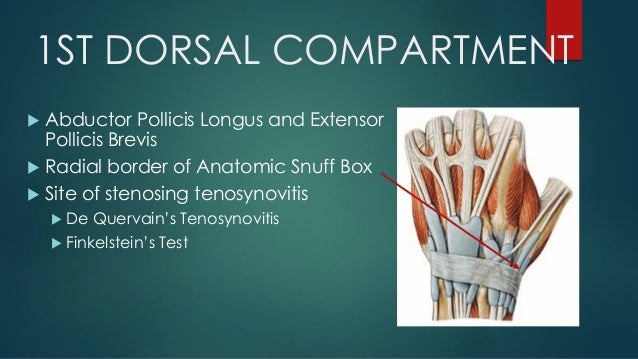

Lee et al described 5 children with a median age of 7 years “without the presence of significant pain at rest or on passive range of motion (PROM)”. In the literature, we found only 2 reports including a total of 9 children and young adults who sustained ACS without severe pain. Our case showed that the absence of pain does not exclude ACS development. Measurement of intra-compartmental pressure is invasive and painful and thus requires adequate anesthesia. Intra-compartmental pressure amounted to 60 mm Hg, confirming our clinical findings. In our patient, we diagnosed ACS exclusively by clinical criteria and measured intra-compartmental pressure under anesthesia. Thus, early diagnosis of ACS relies on clinical findings, such as the presence of the 3 A's in children or 5 P's in adults. Pulse oximetry is an unreliable tool to diagnose the onset of ACS. Therefore, we did not undertake any laboratory tests in our patient. Presently, no laboratory tests or imaging studies for the timely diagnosis of ACS are available.


Thus, in-patient ward monitoring for at least 48 hours is recommended.ģ.1. Royle et al described an average of 41 hours after initial injury until ACS becomes obvious. Development of ACS can be delayed as tissue pressures rise after variable times after injury. A total of 10.7% of patients were referred to an intensive care unit. About 27.5% of patients were monitored in the in-patient ward for clinical signs indicative of ACS. In this study, 60.3% of patients with suspected ACS were immediately fasciotomized. In a computerized search of the National Pediatric Trauma Registry for all patients who had experienced a compartment syndrome during a 51-month period, Grottkau et al identified 132 cases of ACS aged less than 19 years. Other causes can be postoperative swelling or bleeding, paravasates of intravenous drugs, tight casts, retained tourniquets, sepsis, and burns. Typically, ACS is combined with fractures, especially of the lower extremities. Here, we describe the development of silent compartment syndrome in a 2-year old patient with the aim to emphasize the challenges in diagnosing ACS in young children.ĪCS in children is frequently associated with high-energy trauma such as motor vehicle collisions, falls from a height, crush injuries, and high-impact sports injuries. Silent compartment syndrome is defined as confirmed compartment syndrome without significant pain or absence of marked pain on passive motion. In the literature, “silent” compartment syndrome has been reported in a few cases. Instead, the “3 A's”, that is, anxiety, agitation, and increasing analgesic requirement, should be used as alternative signs of ACS in children. The “5 P's”, that is, pain, pallor, paresthesia, paralysis, and pulselessness, are the leading clinical symptoms in adults but these are not reliable predictors of ACS in young children. The ultimate consequence is loss of function of the involved extremity.Įxcessive pain after an injury is the earliest and most reliable indicator of compartment syndrome and is present in 90% of patients with confirmed ACS. The elevated pressure compromises blood circulation, leading to ischemia and finally to tissue necrosis. ACS was first described in 1881 by Richard von Volkmann and is characterized by elevated pressure within a confined fascial space. When left untreated, the syndrome can be associated with severe limb-threatening consequences. Acute compartment syndrome (ACS) is a well-known and feared complication following traumatic injuries.


 0 kommentar(er)
0 kommentar(er)
